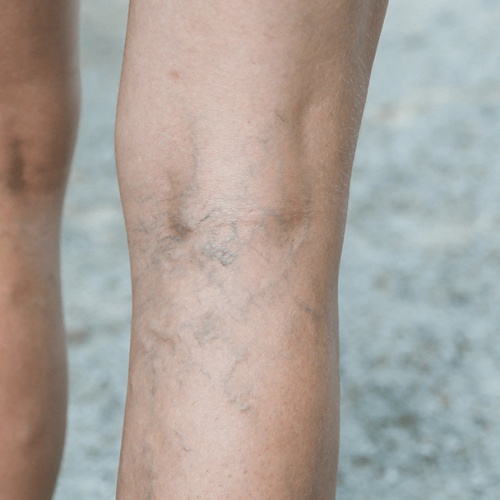DVT Treatment in Mumbai



Treatment For Deep Vein Thrombosis
Deep vein thrombosis (DVT) treatment in Mumbai typically involves the use of blood thinners and compression stockings. For acute DVT within 14 days, endovascular treatment is recommended. The IVC filter is initially implanted to avoid pulmonary thromboembolism. Blood clots are then aspirated using a catheter, and medicine (thrombolytic) is injected locally via a catheter to dissolve the clots. The entire process is carried out through a tiny hole with no cuts or sutures. The patient is able to leave the hospital the next day.
Before and after the surgery, the patient must fast for 6 hours prior to the surgery. The patient should wear compression stockings after the surgery. These aid in the reduction of edoema. Leg elevation should be achieved by placing pillows beneath the patient’s legs while sleeping. Anticoagulants (blood thinners) must be used for a period of six months. Every day, the patient is required to walk for at least one hour.



Why Choose Us?
Dr. Ashank Bansal is a certified and experienced specialist in Varicose Veins and other such Endo- Vascular treatment. He treated more than 1000 cases which range from regular to complex and some difficult ones. He conforms to the most current universal recommendations in order to provide his patients with more extensive care options. Wish is his mantra, and he is still working hard to provide patients with what they need.
FAQ's
DVT (Deep Vein Thrombosis) is a dangerous disorder caused by blood clots forming in the veins of the limbs or extremities (arms and legs). Blood clots form in the veins when the blood thickens and clumps together. DVT is a cause for concern because it can lead to a life-threatening pulmonary embolism complication. In pulmonary embolism, a blood clot breaks loose from these deep veins, travels to the lungs, and stops an artery. Venous thromboembolism is a term that refers to both of these conditions.
Some other names used to refer to DVT are:
blood clot in the leg
venous thrombosis
Although DVT is more common in adults over the age of 50, it can develop at any age in certain situations. DVT is usually caused by immobility in the context of any underlying risk factors.
You’re at higher risk for DVT if you:
- Age over 50
- Immobility
- Smoking
- Pregnancy/ postpartum
- use of birth control contraceptive pills
- Family history
- Obesity
Symptoms:
- Warmth & Redness
- Swelling in Leg
- Cramps that usually begins from Calf
- Warmth & Redness
- Unexplained Severe Pain on Feet & Ankle
- Cramps that usually begins from Calf
